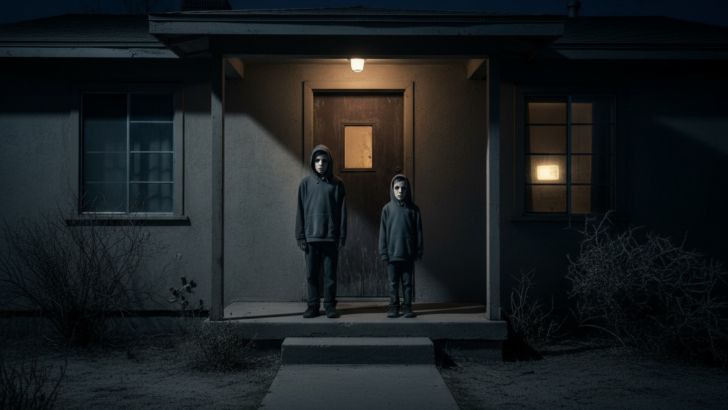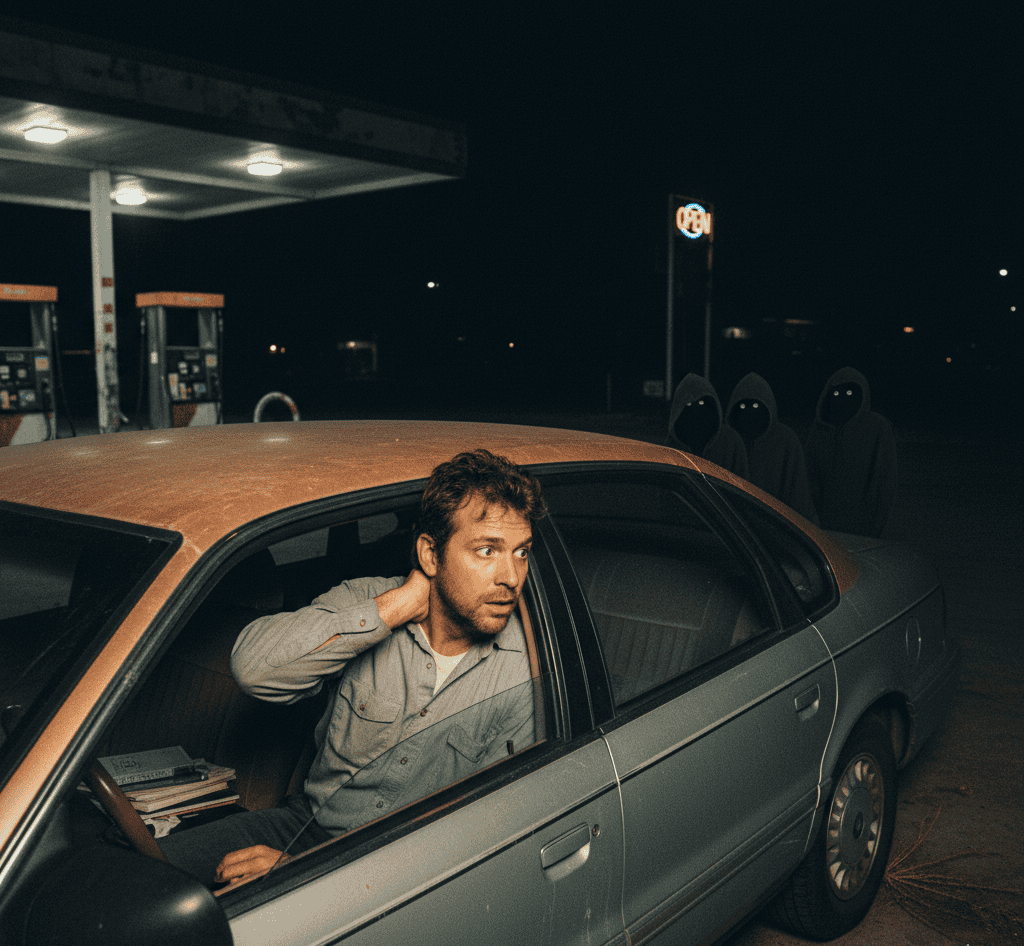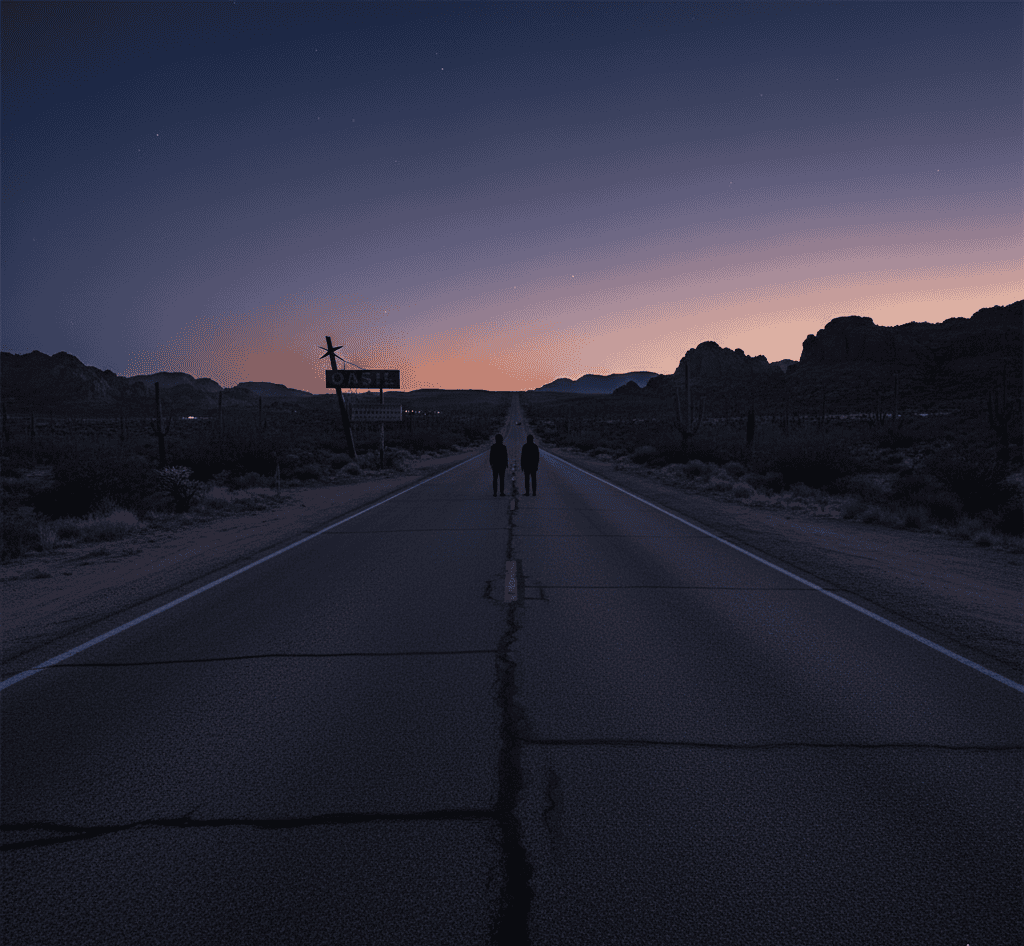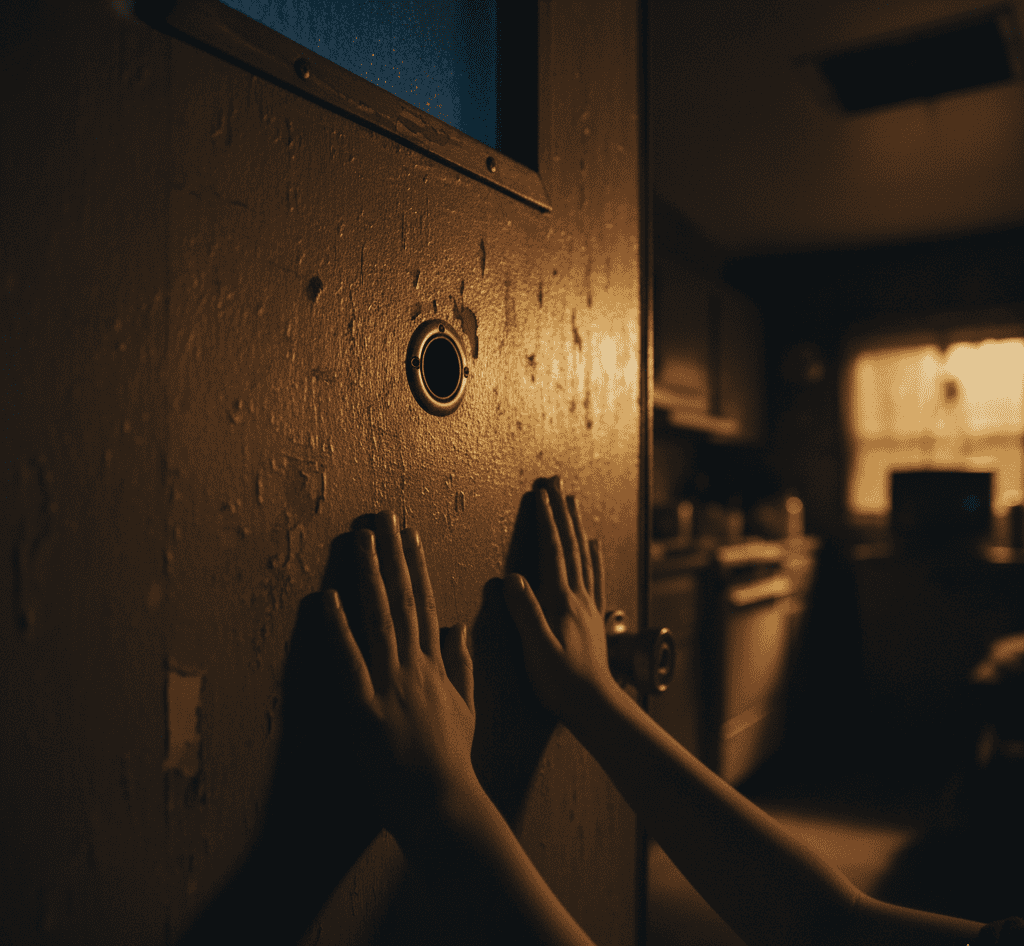The deserts of the American Southwest are filled with silence, beauty, and mystery.
Beneath the red rocks and endless skies, stories drift through the air — tales that mix folklore, fear, and fascination.
Among these is one of the eeriest modern legends to haunt the region: the black-eyed children.
They appear as ordinary boys and girls at first glance, but those who claim to have met them describe something deeply wrong.
Their eyes are completely black, and their presence feels cold, unsettling, and almost inhuman.
Are they lost souls, supernatural messengers, or simply a story born from imagination?
The question has never been answered, but the legend continues to spread like desert wind, carrying whispers of an omen no one wants to face.
The First Encounter
The story of the black-eyed children first entered public attention in the mid-1990s, far from the Hollywood myths that often fuel urban legends.
A journalist named Brian Bethel from Abilene, Texas, shared his personal account of a strange night in 1996.
As the story goes, Bethel was sitting in his car writing a check when two young boys approached.
They seemed normal enough at first, wearing hoodies and asking for a ride to their home to fetch money for a movie ticket.
Yet something in their tone, their calm insistence, made him uneasy.
When he finally looked closer, he noticed their eyes — pure black, like pools of ink.
A wave of dread came over him. He drove away in panic, and when he looked back, they were gone.
That encounter would become the foundation of a legend that now spans continents. People across the United States, and especially in the wide-open spaces of the Southwest, began sharing eerily similar stories.
Some reported knocks on their doors late at night. Others said they met these children standing along highways, at gas stations, or outside isolated homes.
Always, the story followed a pattern: the children appeared in pairs, asking for help. They wanted to be let inside — to use a phone, to rest, or to escape danger.
Their voices were calm and polite, even rehearsed. But there was always something in their words, in their presence, that froze the listener with fear.
A Legend Born of the Desert
The American Southwest became the perfect landscape for these stories to thrive. Its vast deserts, lonely highways, and small, scattered towns already carry an air of mystery.
At night, the world feels endless and empty. The hum of a passing car might be the only sound for miles.
In such a setting, it’s easy for imagination to take root, but it’s also easy to believe that something unexplainable could wander the desert.
Some witnesses have claimed that black-eyed children appeared near rest stops or abandoned motels, tapping on windows with steady rhythm.
Others swear they’ve seen them walking the roadside, motionless under the moonlight, watching silently as cars passed.
Many locals connect these strange figures to older Southwestern legends. Native American folklore tells of skinwalkers — beings that wear human faces but are not truly human.
In Mexican and borderland tales, stories of duendes or childlike spirits who lure travelers astray have long existed.
The black-eyed children seem to echo these myths, blending the ancient and the modern.
Some even say that these beings might not be ghosts at all, but something else entirely — creatures that mimic innocence to cross thresholds.
The idea that they need permission to enter a home or a car gives the story a chilling, vampire-like twist.
The Fear of Invitation
Those who claim personal encounters often describe a physical reaction before they even notice the eyes.
The air grows cold, their stomach tightens, and an overwhelming sense of dread fills them.
One man from Arizona recounted a night when two small children knocked on his trailer door during a storm, asking to come in.
He said their words were polite but mechanical, as if rehearsed. When he reached for the handle, he suddenly felt paralyzed with fear.
Then he saw their eyes — bottomless black. He slammed the door shut and locked it.
The knocking stopped, and when he gathered the courage to peek outside, the children had vanished into the rain.
Such stories carry a theme that feels older than the internet age: the fear of invitation.
In every version of the legend, the children must be invited in. If you let them inside, something bad happens.
People speak of sickness, terrible luck, and even death following such encounters. It is said that the black-eyed children feed on fear, drawing strength from human emotion.
They do not break into homes or cars; they wait patiently, because consent seems to be part of their power.
Whether this idea is symbolic or supernatural, it reflects a very human anxiety — that our own compassion could be our undoing.
The Skeptical View
Skeptics argue that the black-eyed children are nothing more than a product of the digital age.
They point out that most stories appeared online after the rise of forums and blogs in the late 1990s.
As urban legends go, this one fits the pattern perfectly: it’s easy to imagine, impossible to prove, and endlessly adaptable.
A dark night, an empty road, a knock on the door — everyone can relate to that moment of vulnerability.
Psychologists suggest that such stories mirror social fears: the fear of strangers, of isolation, of losing control in familiar places.
The detail of the eyes, entirely black, may symbolize evil in its purest form. In literature and religion, black eyes often represent soullessness or corruption.
Perhaps these children are the modern reflection of that same primal image. Folklorists, too, have noted how quickly the legend took root.
They compare it to older tales of “lost travelers” and “changeling children” from European myths. In those stories, supernatural beings disguise themselves as innocent children to deceive humans.
The Southwest’s version adds a distinctly American twist — the open road, the lone traveler, the endless desert.
The region’s isolation helps the myth breathe. When people are surrounded by silence and darkness, their minds fill the gaps.
One unexplained noise or shadow can easily become a story that lives forever.
Between Fact and Folklore
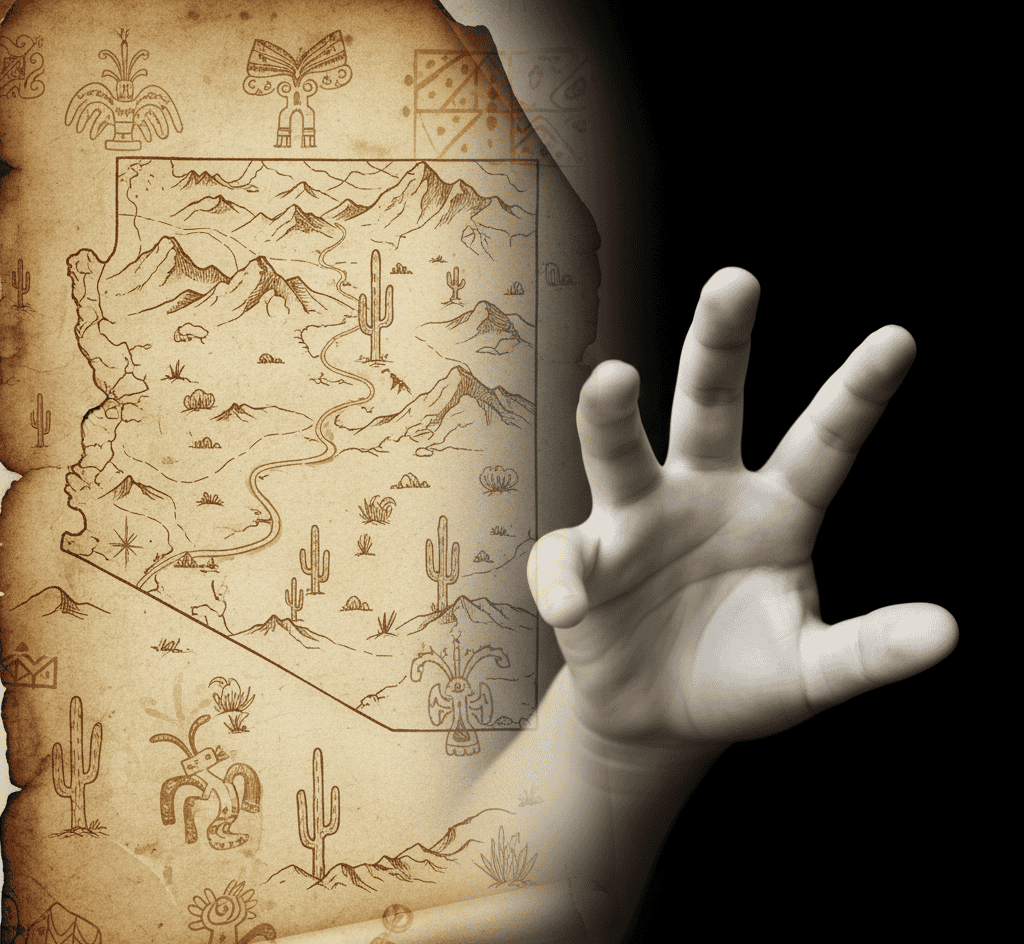
Despite the skepticism, belief persists. Even among those who admit doubt, there is hesitation when asked what they would do if such a child appeared.
Most people say they would not open the door. The fear is simple and instinctive: the unknown wrapped in the familiar.
It’s the idea that evil might not always come roaring, but knocking politely, asking for help.
The black-eyed children may not have been proven real, yet the terror they inspire feels genuine.
They live somewhere between nightmare and folklore, between the rational and the impossible.
In the American Southwest, where the past often meets the present in strange ways, the legend continues to evolve.
New stories appear online every year, told by travelers, truckers, and residents of quiet desert towns.
Whether they are creative hoaxes, sleep paralysis visions, or misinterpretations of ordinary children in poor light, no one can say for sure.
What keeps the story alive is not proof but possibility. The desert has always held secrets — ancient ruins, ghost towns, lost gold, and now, perhaps, lost children with black eyes that never blink.
Shadows That Stay
Perhaps that is why the legend endures. It touches on something timeless: our curiosity about the dark, our unease with what we cannot explain, and our fear that danger might come disguised as innocence.
Whether the black-eyed children are omens, spirits, or stories whispered to pass the night, they have earned their place in Southwestern folklore.
The next time you drive down a lonely desert highway and see a small figure waiting by the roadside, remember what the stories say.
Look closely before you stop, and if you must roll down your window, do not look too long into their eyes.

自出生以来,我一直感觉到自己与神灵有着紧密的联系。作为一名作家和导师,我的使命是帮助他人在最黑暗的时刻找到爱、幸福和内心的力量。

